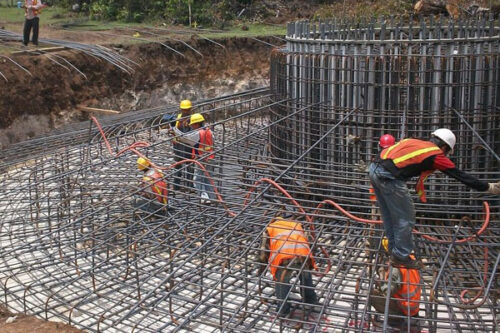SUPPLY CHAIN RESILIENCE IN PRODUCTION MANAGEMENT
Supply Chain Resilience in Production Management
In today’s globalized and interconnected business landscape, supply chain resilience has emerged as a critical factor in production management. The COVID-19 pandemic underscored the vulnerabilities in supply chains, prompting organizations to rethink their approaches to ensure the uninterrupted flow of goods and services. Here, we delve into the key points surrounding supply chain resilience in production management.
1. Understanding Supply Chain Resilience
Supply chain resilience refers to an organization’s ability to withstand and recover from disruptions while maintaining essential operations. These disruptions can arise from various sources, such as natural disasters, geopolitical tensions, economic crises, or even unforeseen events like the pandemic. Resilient supply chains are those that can adapt swiftly to changing circumstances, mitigate risks, and ensure the consistent delivery of products to customers.
2. Identifying Vulnerabilities
The first step in enhancing supply chain resilience is identifying vulnerabilities. Production managers need to assess their supply chains comprehensively, mapping every node and identifying potential points of failure. This includes pinpointing single-source suppliers, transportation bottlenecks, and dependencies on specific geographic regions.
3. Diversifying Suppliers
To reduce vulnerability, production managers should diversify their supplier base. Relying on a single supplier for critical components or materials can leave a company exposed to disruptions if that supplier encounters issues. Multiple suppliers or sourcing from different regions can help spread risk.
4. Building Inventory Buffer
Maintaining a strategic inventory buffer is another key aspect of supply chain resilience. Production managers should strike a balance between just-in-time (JIT) inventory management and having enough safety stock to cushion against unforeseen disruptions. This buffer can act as a safety net during supply chain interruptions.
5. Enhanced Communication
Effective communication is crucial in a resilient supply chain. Establishing clear lines of communication with suppliers, logistics partners, and customers can help in quickly addressing issues and finding alternative solutions when disruptions occur. Transparency is vital for building trust and collaboration within the supply chain network.
6. Technology and Data Analytics
Leveraging technology and data analytics tools can provide production managers with real-time visibility into their supply chains. Advanced analytics can help predict potential disruptions and provide insights into optimizing the supply chain for better resilience. Technologies like Internet of Things (IoT) sensors and blockchain can enhance transparency and traceability.
7. Risk Management Strategies
Developing risk management strategies is paramount for supply chain resilience. This includes scenario planning, business continuity plans, and risk assessments. By proactively identifying and addressing potential risks, production managers can reduce the impact of disruptions.
8. Agility and Flexibility
Supply chains should be designed with agility and flexibility in mind. This means having the ability to quickly adapt to changing conditions, whether it’s shifting production locations, altering transportation routes, or modifying product designs. Being nimble allows organizations to respond to disruptions with minimal disruption to operations.
9. Supplier Relationships
Building strong relationships with suppliers is essential for supply chain resilience. Collaborative partnerships can lead to better problem-solving during disruptions and ensure that suppliers are invested in helping your organization recover quickly.
10. Continuous Improvement
Finally, supply chain resilience is not a one-time effort but an ongoing process. Production managers should regularly review and improve their supply chain resilience strategies, considering the evolving landscape of risks and opportunities.
Supply chain resilience in production management is imperative for businesses to thrive in today’s unpredictable world. By identifying vulnerabilities, diversifying suppliers, building inventory buffers, improving communication, leveraging technology, and embracing flexibility, organizations can enhance their ability to weather disruptions and maintain a competitive edge in the market. Continuous improvement and a proactive approach to risk management are key elements in ensuring a resilient supply chain.


